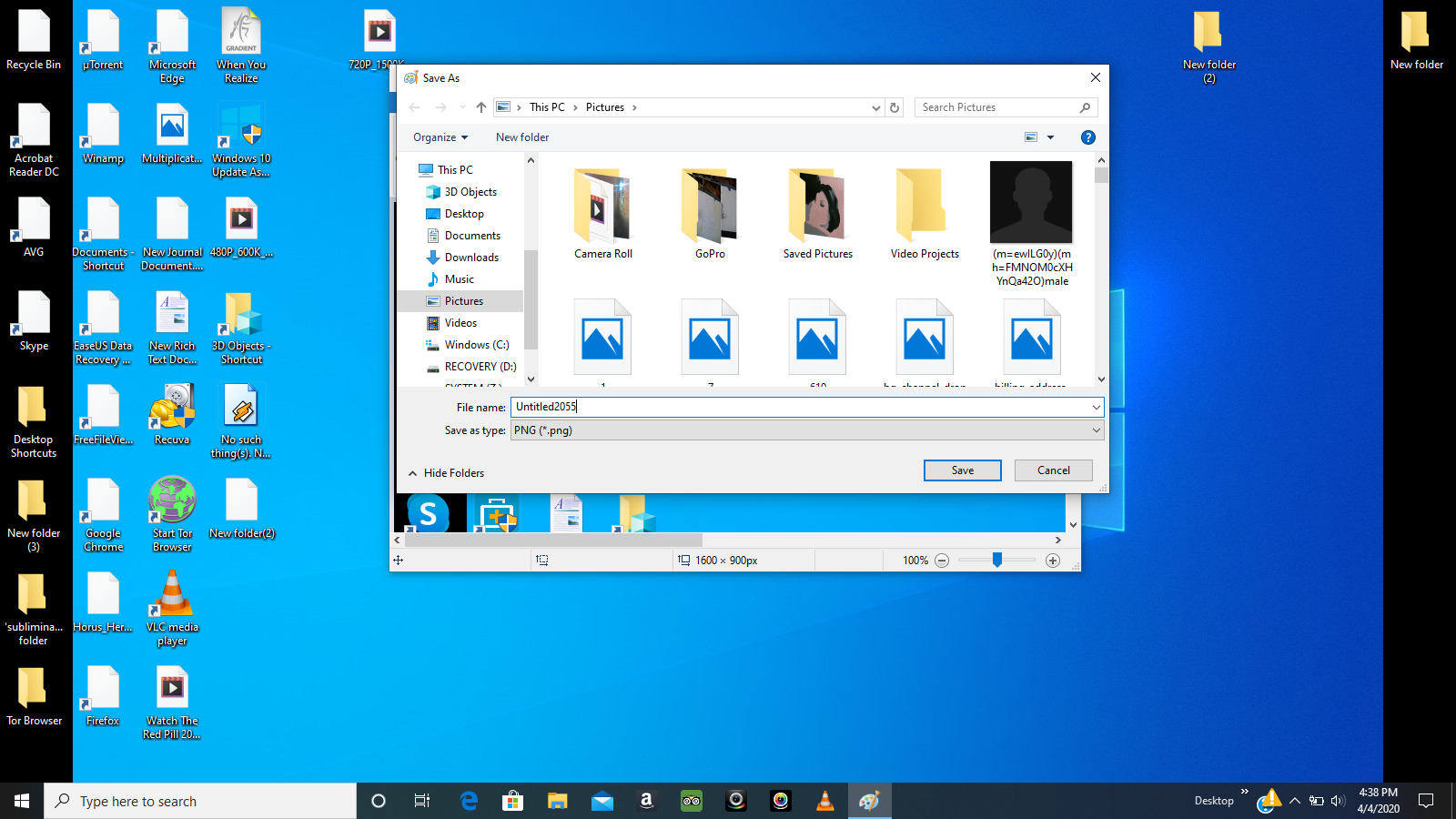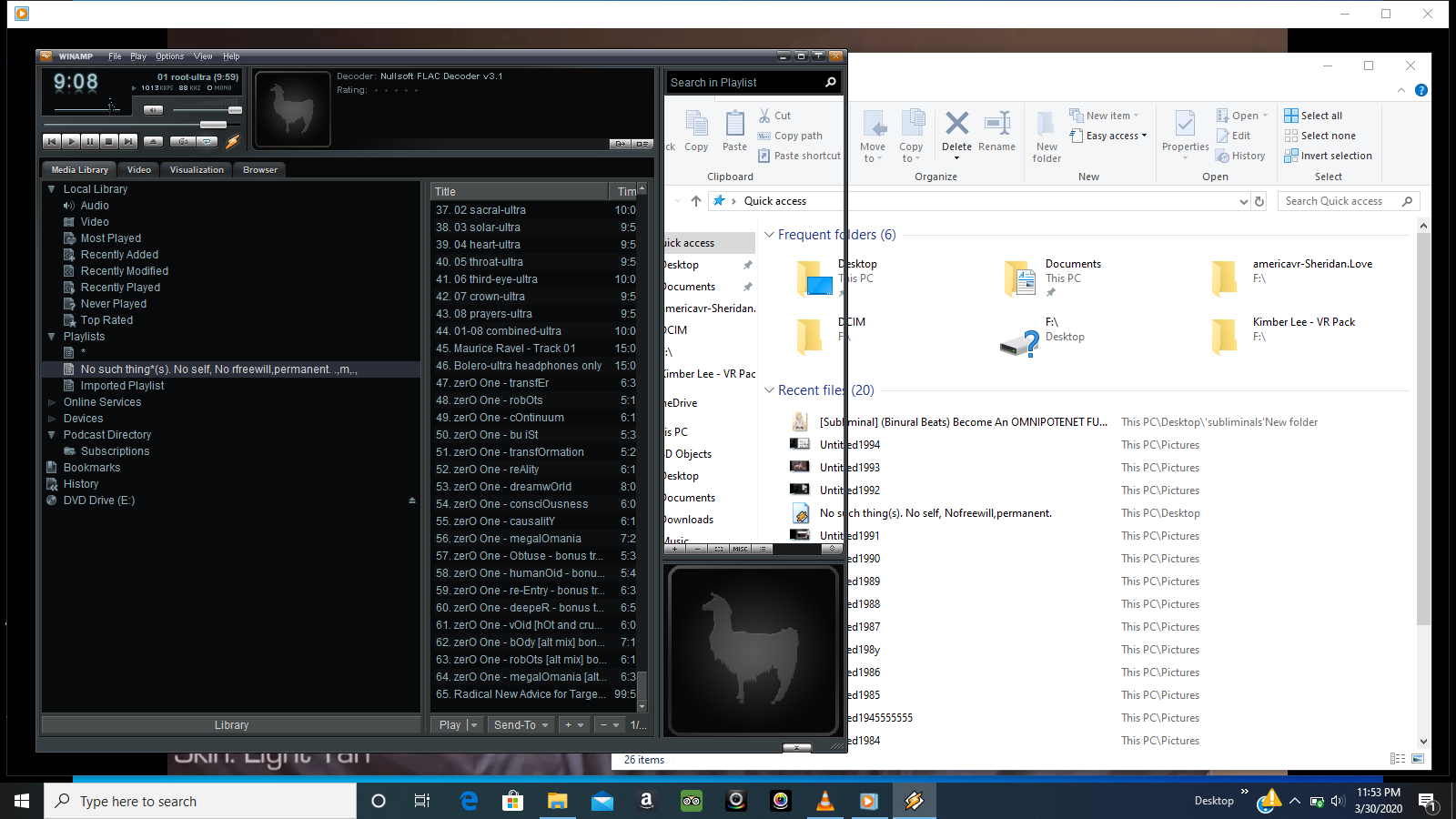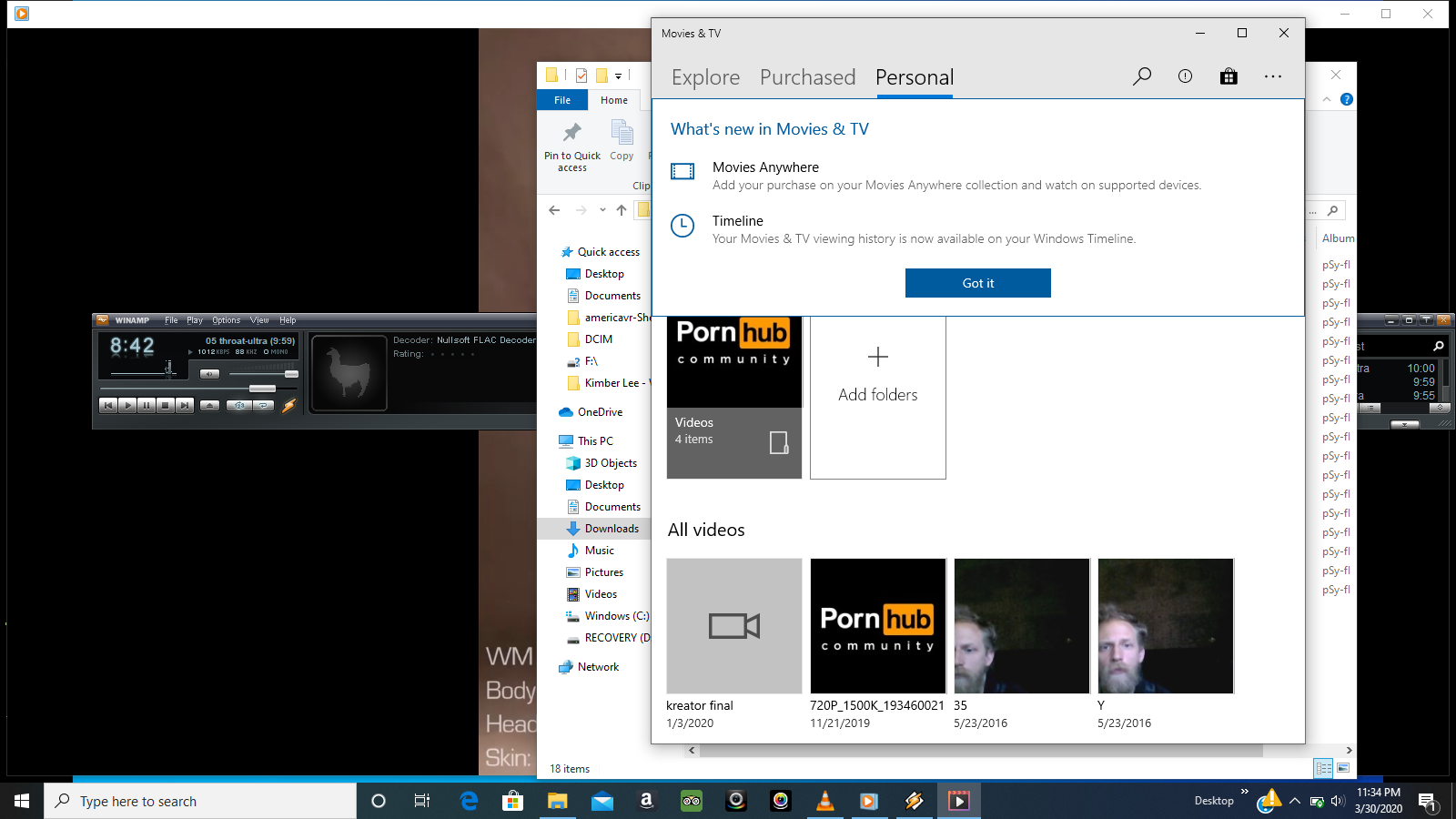CREATE, DESIGN, FURNISH AND DECORATE EASILY YOUR HOME AND SHARE IT WITH A COMMUNITY OF MORE THAN 35 MILLION OF USERS WORLDWIDE! Whether you want to decorate, design or create the house of your dreams, Home Design 3D is the perfect app for you: 1.DESIGN YOUR FLOORPLAN- In 2D and 3D, draw your plot, rooms, dividers. Love Home Designs Interior Design Software. If you need home design software free of charge that.
Which Pieces of Software Will Make Your Designs Stand Out?
Digital design software is crucial in the modern architecture sector. Clients expect to see more than concept drawings, blueprints, and physical models. They want to see virtual representations that offer more detail. With 3D modelling, you can design interiors and populate your buildings. With some, you can even adjust lighting effects and account for how external forces will affect a building.
Beyond this, design software automates common processes. This allows you to save time. You can get designs to clients quicker and enjoy a more efficient workflow. Still, you won’t experience these benefits if you choose the wrong software. Your choice must suit your needs and be suitable for your work setup.
Each piece of software has something different to offer. With this list, we will choose ten of the best on the current market. Further, we will explain why you should consider each one.
Rhino 3D
Since its creation in 1998, Rhino 3D has become one of the most popular tools for architectural design. Users can enter drawings or physical models into the software. From there, Rhino can create 3D models and provide documentation for the design. You can even scan real-world data into the newer versions of the software.
Beyond that, Rhino offers all of the tools a designer needs to edit designs. Beyond the base models, you can create animations and professional renders. It is also one of the most flexible design packages around. Designers can translate solid objects and surfaces into the software. It even allows you to work with point clouds and polygon meshes. Because of this, the software is usually favoured by those who don’t want to spend a lot of time learning about the complexities of computer aided design (CAD).
There’s more. People with programming expertise can adjust the Rhino workspace. Using RhinoScript, they can create their own plugins. Those who can’t program also have access to a database of pre-built plugins. Further, you can export Rhino designs into the real world using 3D printers or laser cutting. This separates Rhino from other packages that don’t offer a manufacturing aspect.

Revit Architecture
The building information modelling (BIM) concept is key in modern architecture. It relates to the development of sustainable buildings. In a world where environmental awareness is at an all-time high, sustainability is high on the agenda for many clients.
That’s where Revit Architecture comes in. The software focuses on providing the tools for effective BIM. Its key feature is automation. Changes you make to your model get recorded throughout the project. The software coordinates these changes to ensure you create complete projects that consider BIM at every turn. As such, if you make a change in the 3D view, those changes reflect across the plan, elevation and section views. The same goes for changes you make in any other view.
The software offers automation elsewhere. For example, it allows you to create libraries of parametric objects. You can access these objects across all designs to quickly implement common models into your project.
Revit Architecture also allows for greater teamwork. You can schedule separate project elements to ensure they get completed on time. The software also allows you to pull in team members from multiple disciplines into the project. All of this while keeping the core concepts of BIM at the forefront.
SketchUp
Many architects favour SketchUp because of its real-world applications. Google purchased SketchUp in 2006. Though it has since sold the company, Google implemented a lot of useful features. For example, you can pull topographical images from Google Maps into SketchUp. The same goes for satellite images.
The key benefit of SketchUp is its price. You can download SketchUp for free. It may lack some of the features of other software packages. Still, it provides enough to help you create professional models. However, the base package has most of the exporting features turned off. Even so, this offers you flexibility. You can choose the features that suit your project. Thus, you only invest in what you need.
The cost makes it ideal for students and those operating on slim budgets. Many use SketchUp to get to grips with 3D modelling before moving onto other software. Speed is also a key aspect of SketchUp. You can create simple 3D models quickly. With the right features, you can even create complex models ready for presentation.
V-Ray
V-Ray is not a standalone design software. It is actually a plugin. You can use it with ArchiCAD and SketchUp. Its purpose is to create realistic rendering. This allows you to show off your 3D models as they would look in the real world.

This makes V-Ray ideal for those who need to add that extra spark to their designs. The software offers access to stunning textures. Further, its colour palette has few rivals. This means you can use light and shade to your advantage with V-Ray more so than most other design software.
Designers across many industries use V-Ray in their work. Beyond architecture, it has proven ideal for video game design and CGI rendering for film and TV. Coming back to architecture, V-Ray is all about placing clients in a visual space. It helps them see what your designs will look like once they’re built. Further, designers benefit from an extensive resource library to help them take their base designs to another level.
AutoCAD
AutoCAD software has been a fixture of the architecture sector since its release in 1982. The software has come a long way since those early days. This history has bred familiarity. Students and professionals have used AutoCAD for decades. As such, learning how to use it often proves helpful when searching for jobs in engineering or architecture.
Many use AutoCAD as a first step on the way to creating 3D models. It allows you to develop drawings that represent your buildings at the more basic level. Designers will often transfer these drawings to other software packages to work on the more advanced modelling concepts. Because of AutoCAD’s popularity, most other design packages are compatible with its files.
Further, AutoCAD is a useful teaching tool. Users can change preferences and use it to learn the basics about line weights and design layers. Architects can even access an industry-specific version of the software. This allows for more efficient drawing of base models.
Maya
There is some disagreement about how useful Maya is when it comes to architecture. Some argue that it is too general a design software. They note that it doesn’t have many of the tools that more dedicated pieces of software benefit from. However, this lack of constraints is often useful to designers.
Maya proves perfect for exploring concepts that stretch further than what other types of software allow. It offers you more freedom in your work. This fosters innovation in design. Many use Maya to come up with new ideas before transferring their Maya models into other software. It is this freedom that has led to Maya gaining acceptance in the architectural sector. You can even download additional toolsets specific to the industry.
Many who are new to 3D modelling also use Maya as a teaching tool. It allows them to get to grips with the core concepts of creating 3D models without dealing with the constraints of specialised software. Its tutorials prove very useful. Further, Maya has a large community around it. This makes it easier for designers to get help if they start struggling with their work.

ArchiCAD
Many point to ArchiCAD as offering everything a designer would need. It proves useful in creating both 2D and 3D models. Further, you can integrate several other software packages into it. A common favourite is pulling V-Ray into ArchiCAD. This allows designers to create photorealistic models. Even those who don’t integrate V-Ray into ArchiCAD can create realistic models. The new versions of ArchiCAD feature CineRender for creating lifelike models.
ArchiCAD’s main feature is its user-friendly nature. You can learn the basics of the software with minimal effort. This has made it a favourite with students and those just starting out in architecture. It offers a time-effective way to create detailed models. As such, it is great for projects where time is a factor.
Beyond that, the software offers several tools for automating complicated processes. For example, it has an inbuilt library of stair and rail designs. Better yet, you can match these resources to the building you have created. Many architects agree that designing staircases can prove difficult in large projects. ArchiCAD removes much of this difficulty through automation.
Grasshopper
Grasshopper allows architects to use parametric design to improve the efficiency of their workflows. So what does this mean for you? Well, Grasshopper has several tools that help you automate menial tasks. Consider the software’s use of variables. In most design software, you will need to copy and paste basic elements, such as lines, if you wish to use them again. Some software use matrixes to reduce the time this tasks take. Even then, it is often annoying. Grasshopper’s use of variables makes such actions easier. You only need to enter a number into your variable to create the desired number of elements.
Better yet, you can create modules centred on these common tasks. Over time, Grasshopper allows the designer to create a full library of previously used ideas and elements. You can access these modules with the click of a mouse.
Grasshopper also benefits from being an open source software. It has a community around it that constantly develops new plugins. Coupled with that, Grasshopper links closely with Rhino 3D. This integration eliminates the need to understand coding when using Rhino 3D.
Dynamo
Dynamo often comes as a free plugin for use with Revit. However, there is also a standalone version of Dynamo. This means you can choose to use it independently of Revit, though this requires payment of a subscription fee. Much like Grasshopper, Dynamo is an open source software. This means it has a large community around it that constantly builds new features for the studio.
Dynamo is well regarded for having one of the best geometry engines of any design package. This makes working on complex elements easier. Further, the software slots well into the BIM workflow. Dynamo allows you to make quick changes to your designs. Further, it allows you to customize your designs on the fly. This saves a lot of time that you would otherwise spend on editing designs and saving them as separate files.
The software also works with a large number of file types. As such, you can use it as a support tool for a range of other software. One of the most common uses of this is exporting Revit design information into Microsoft Excel files.
Fusion 360
Fusion 360 has gained popularity due to its versatility. The software offers an all-in-one solution. Beyond designing and testing, you can use the software for fabrication. Further, Fusion 360 supports collaborative work environments through its use of the cloud. This allows you to bring together professionals from several sectors to work on projects.
This cloud-based structure has other advantages. You can use Fusion 360 on many devices. For example, you could create a design via a desktop computer and then show it to others away from the office using a smartphone or tablet computer. It’s powerful too. Fusion 360 is one of the few tools that will help you create realistic renders of your designs. This proves useful when making presentations or helping clients visualize your work.
Fusion 360 is also one of the most well-supported design software. You can expect to see updates every two months or so. As such, new features get introduced into the software on an almost constant basis.
Conclusion
Each of the ten pieces of software in this article can help architects realize their visions. Which is best for you depends on your needs. On a general level, students and new designers tend to prefer Maya, SketchUp, and ArchiCAD. These software offer lower prices and more flexibility than many others.
Others prefer more established architectural software. AutoCAD, for example, has been an industry standard for many years. Revit is reaching the same status. Beyond this, software like Grasshopper and Dynamo prove effective for those who want to create more comprehensive design packages.
The choice is yours. There is also plenty more information out there. The Institute of Digital Design (ArchiStar Academy) offers courses in most of these pieces of design software. You can also purchase each from ArchiStar Academy website at industry-best prices.
Archistar Academy offers several courses across the spectrum of digital design software. You’ll develop your skills, allowing you to create more accurate and functional models.
Please don’t hesitate to get in touch with Archistar Academy today if you have any questions.
If you would like to share your thoughts on our blog, we’d love to hear from you!
Get in touch with the ArchiStar Academy community via Facebook.
Posted on 20 Jan 2020


Watch a Demo
An ArchiStar membership gives you unlimited instant access to all our online courses for Architects, Engineers and Construction firms.
Membership Pricing
Check ArchiStar membership plans.
House Design Software
ArchiStar subscription is FREE, get started now.
